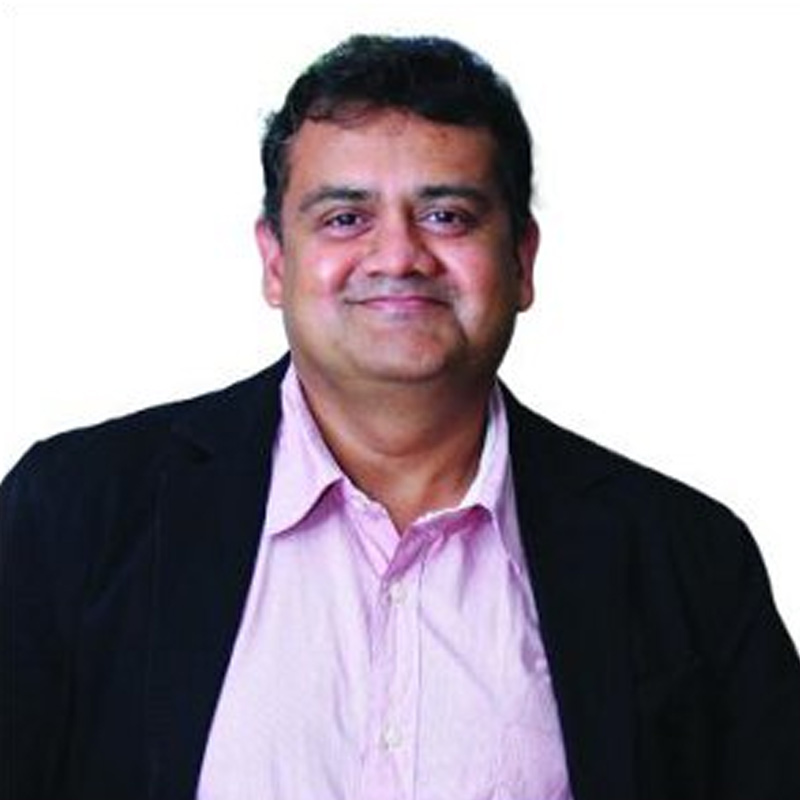Radio ads to get a boost as RAM expands footprint
MUMBAI: Radio Audience Measurement (RAM), launched by TAM Media Research in 2007 for the radio Industry, has expanded
BANGALORE: South India would be a major place of action for the Phase III of radio licensing and it will also bring in differentiated programming, believe experts who were part of the session ‘The New Listener in Phase III Radio Reforms‘ at the third edition of the Ficci Media and Entertainment Business Conclave (MEBC 2011).
Ficci Radio Forum chairman and ENIL MD and CEO Prashant Panday, during his keynote address before the session said, "As many as 63 new stations are coming in the four states in the South -Tamil Nadu, Andhra Pradesh, Karnataka and Kerala. The South is going to be a major part of the action. South is a very intensive consumer of radio with a listenership of 40 million of the almost 120 million radio listeners in the country."
Panday spoke about the new policies that the Phase III would bring - these included having multiple frequencies, which meant that a broadcaster in a particular city could actually operate more than one station and hence allowed for differentiated programming.
"To bring in programming variety you need a lot more channels. In most cities in other parts of the world, you have as many as 45 to 50 channels in a city. In a city like Chennai we have only nine private radio stations, in Mumbai you have only seven private channels. It‘s a shame that a country like ours which has 500 to 700 television channels, a few million outdoor sites, a few million websites, definitely more than a dozen newspaper editions in every city, we have only about seven or eight radio stations in any major city," bemoaned Panday.
However, he lauded the expected amendments in the lock-in clause which would stand reduced from the current five years to three years in the Phase III policies.
Panday also looked forward to a proposal that Trai was considering - to double the number of channels which can come in one single step, which is to reduce the separation between the radio stations to half of what is there currently.
While speaking about the perceptions about radio in many people‘s minds, Panday said, "One of the reasons that private radio is often considered as a secondary medium is that it came after television and print, but in the case of clients, and clients are very decisive in terms of spending their money, I don‘t think that there‘s a single national client today who does not use radio. And the share of radio has only been rising. Maybe the radio fraternity hasn‘t invested enough in branding, maybe we haven‘t invested enough in differential content, maybe because we have been held back by the spectrum constraints."
During the panel discussion that followed with Panday as the moderator, TAM Media Research CEO LV Krishnan revealed that the South market share to the overall contribution to media, specifically radio is similar in television. "35 per cent of the viewers sit in the four states of the South markets and also close to 35 per cent of revenues."
He added that there is a huge consumption of television and radio in terms of the sheer time spent.
Big FM business head Soumen Choudhury said, "I think that the listeners like to interact with the RJ‘s in the South and that‘s the uniqueness of radio. Compared to other markets South is a very different market, it has many more languages. Some of the bigger markets in radio have seen a fall, the newer markets and the tier 2 markets are the emerging markets."
Radio Mango head of sales and marketing Kamal Krishnan spoke about the Kerala media market, a state which did not have any A+ or A category cities, "I would say in the case of radio in Kerala is that radio is new as compared to the other markets in the country. Even then, the B, C and D category cities are given equal importance; because that‘s the only way we can reach out and enhance our reach. The kind of investments that we make in each and every city, the quality is never compromised. Also, Keralites are very interactive when it comes to participating in anything that is social and filmy."
Mathrubhumi Programming Head Prashanth Menon added," Keralites want FCP - that is Films, Cricket and Politics and though radio is completely banned from a department called politics, it gives every channel an opportunity to take a satirical aspect to politics, and because there are seven to eight regional television news channels in Kerala, people like to respond, to react to news channels."
While Menon did not like the idea of paying for the news capsules that had to be procured from All India Radio (AIR), he conceded that being a hardcore Keralite, he knew that Keralites loved news and that‘s why AIR still tops the charts in Kerala.

 switch
switch
 switch
switch